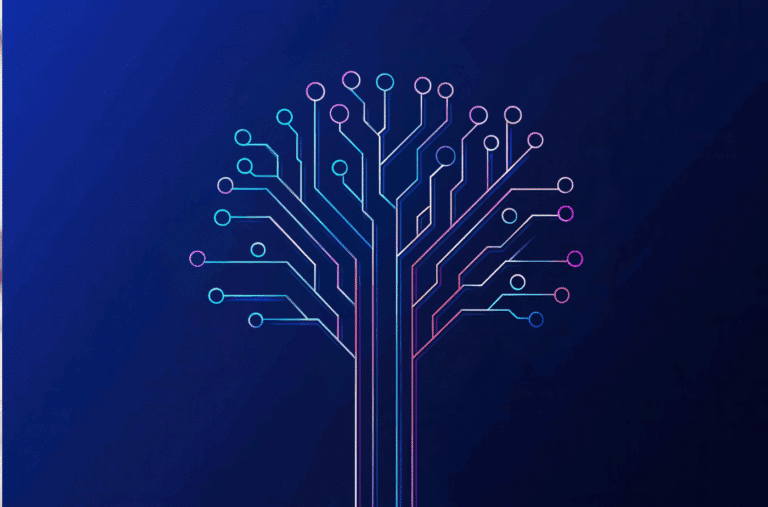By: Priscilla Torres, equivant Corrections’ Product Implementation Specialist
In the pursuit of a fair and effective criminal justice system, the focus has traditionally been on punitive measures to address criminal behavior. However, a paradigm shift is occurring, recognizing the crucial role of inmate programming in fostering rehabilitation, reducing recidivism, and creating a more just society. Inmate programming encompasses a diverse range of educational, vocational, and rehabilitative initiatives designed to equip incarcerated individuals with the tools they need to reintegrate successfully into society. Below are reasons why comprehensive inmate programming is imperative for safer communities.
Breaking the Cycle of Recidivism
One of the primary goals of inmate programming is to break the cycle of recidivism. Without intervention, many individuals released back into society face an elevated risk of returning to a life of crime. Educational programs, vocational training, and counseling provide inmates with the skills and support needed to navigate the challenges of life outside the walls. By addressing the root causes of criminal behavior, inmate programming reduces the likelihood of individuals returning to the justice system, promoting long-term positive outcomes.
Building Marketable Skills
Inmate programming goes beyond punishment by focusing on skill development. Vocational training programs within prisons offer inmates the opportunity to acquire practical skills that are in demand in the job market. Whether it’s learning a trade, gaining computer literacy, or earning a degree, these skills not only enhance an individual’s employability but also empower them to contribute meaningfully to society upon release.
Promoting Behavioral Change
Rehabilitative programs aim to foster behavioral change by addressing the underlying issues that contribute to criminal conduct. Counseling, therapy, and mental health support are integral components of inmate programming, helping individuals develop coping mechanisms and enhanced decision-making skills. By addressing the root causes of criminal behavior, these programs contribute to a more profound transformation, facilitating the reintegration process.
Cost-Effective Justice Solutions
Investing in inmate programming is not just a matter of compassion; it also makes economic sense. The cost of incarcerating individuals is significant, and by reducing recidivism rates, society benefits from long-term cost savings. When individuals successfully reintegrate into society, the burden on the criminal justice system is lightened, allowing resources to be allocated more efficiently.
Inmate programming is not a mere addition to the criminal justice system; it is a fundamental component that can reshape the narrative surrounding incarceration. By prioritizing rehabilitation, society can unlock the potential within every individual, offering a path toward redemption and a more just and compassionate future. In addition, inmate programming contributes to community safety by ensuring that individuals leaving prison are better equipped to lead law-abiding lives. Want to talk about the best inmate programming we’ve seen or how a comprehensive classification management system or custody management system can help build best-in-class programming? Contact us to learn more.






